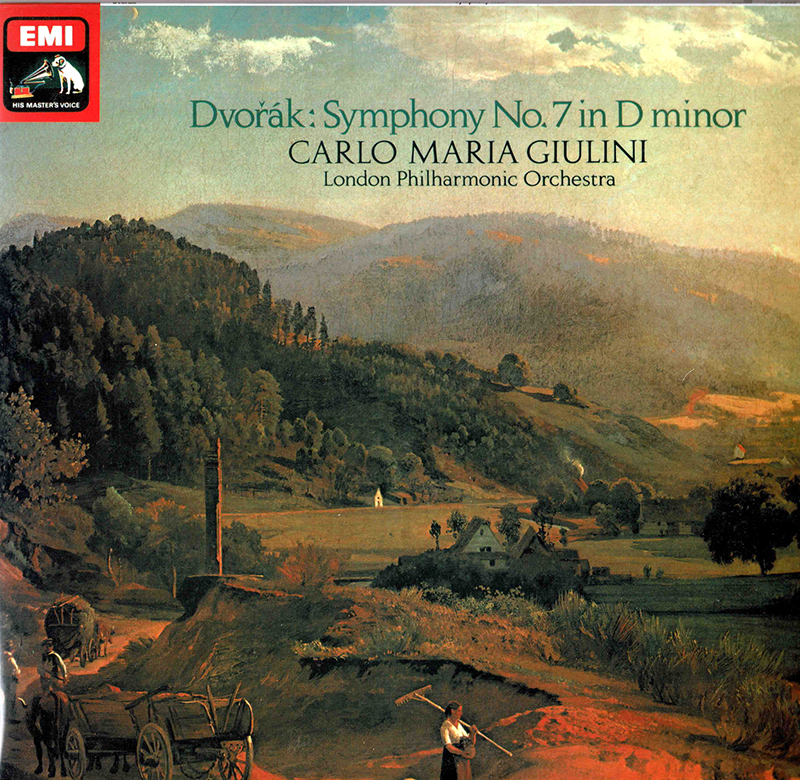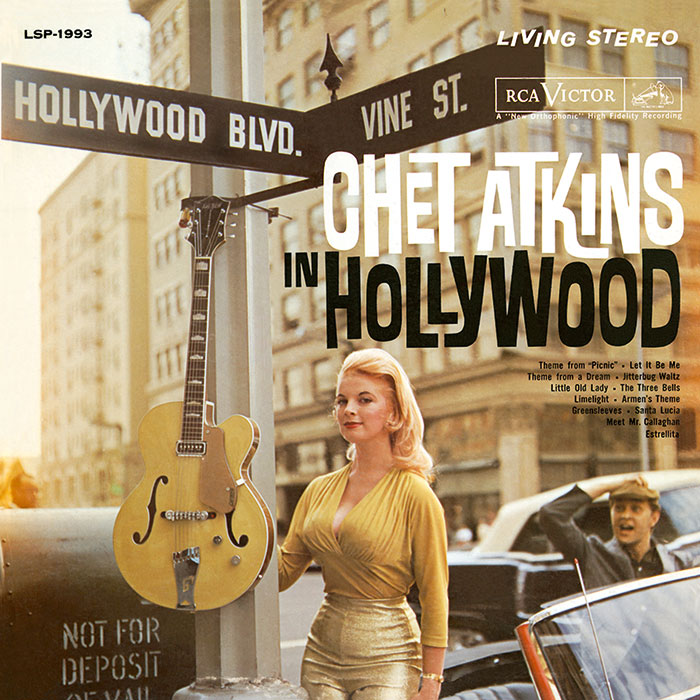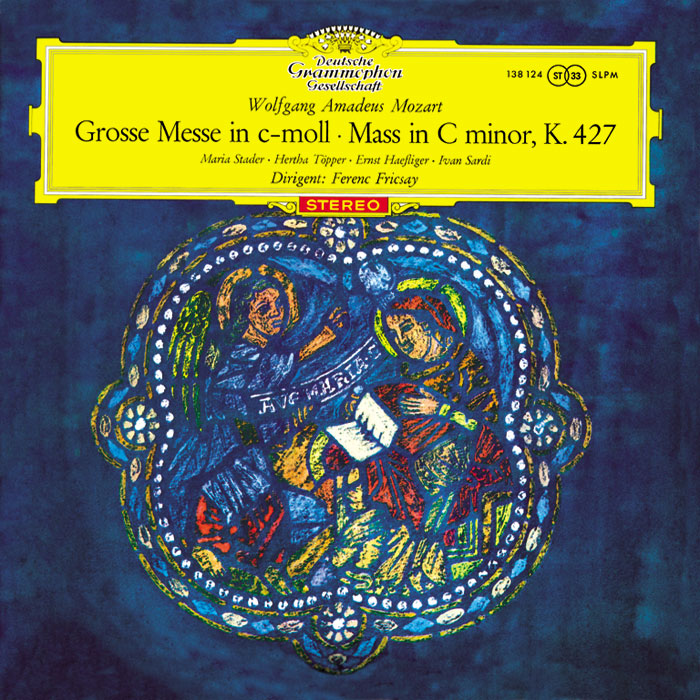Logowanie
Mikołaj - ten to ma gest!
Miles Davis, Horace Silver, Jay Jay Johnson, Percy Heath, Kenny Clarke, Lucky Thompson
Walkin'
20bit K2Super Coding - ale jak to brzmi!
Kasety magnetofonowe
Winylowy niezbędnik
ClearAudio
Double Matrix Professional - Sonic
najbardziej inteligentna i skuteczna pralka do płyt winylowych wszelkiego typu - całkowicie automatyczna
DVORAK, Carlo Maria Giulini, London Philharmonic Orchestra
Symphony No, 7 in D minor
Testament has revived these classic titles from the EMI catalog using only the original EMI master tapes,cut onto lacquer at EMI's Abbey Road Studios and mastered using full analog techniques throughout production Giulini's conducting incorporates elements of Furtwangler's and Toscanini's styles. His dynamism and purity of sound are reminiscent of Toscanini, but the spacious, Romantic approach reminds one of Furtwangler. His particular attentiveness to inner voices results in a rich sound. Giulini eschews podium theatrics or autocratic attitudes. Instead, he approaches the musicians as co-workers serving the music." ? All Music Guide The Italian conductor Carlo Maria Giulini took Dvorak Seventh Symphony in April 1976 with the London Philharmonic Orchestra in No. 1 studio, Abbey Road, along with producer Christopher Bishop and sound engineer Christopher Parker. The recording was made using the CBS "SQ" (Stereo Quadrophonic) system, which was compatible with the normal two-channel stereo playback, but played a quadrophonic result over a four-channel system with a suitable decoder. The system is based on the work of Peter Scheiber, who developed the basic mathematical formulas used in 1970 to bundle four channels into two. The new testament transmission was recorded directly from the original masterbands, and for the first time all the information from the bands was cut onto the LP groove. It is known that cutting for the publication of the first LP was accompanied by limitations and attenuations of the basses. From the musical point of view, the Penguin Guide of 1999 praises Giulini's performance: "He and the musicians really make the music in the D minor symphony a singing, and the Dvořák sunshine breaks through in good steadiness. The shining shot highlights round structures and phrases. "
































